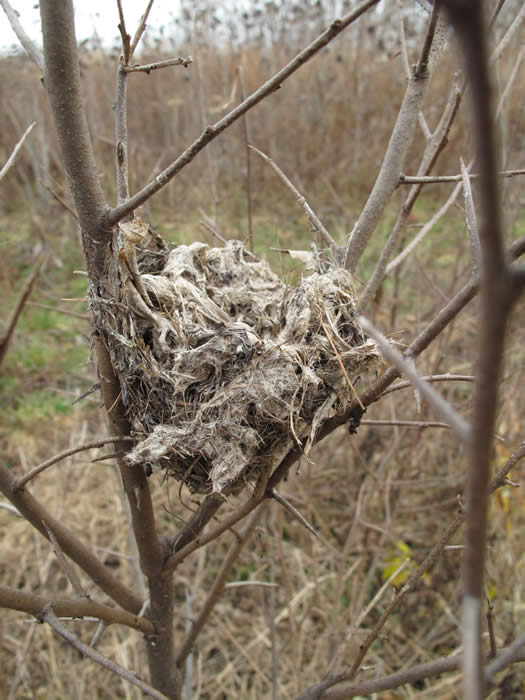
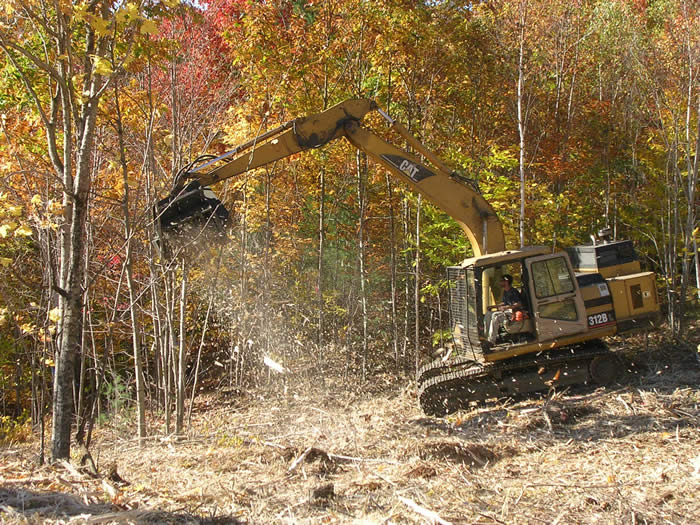
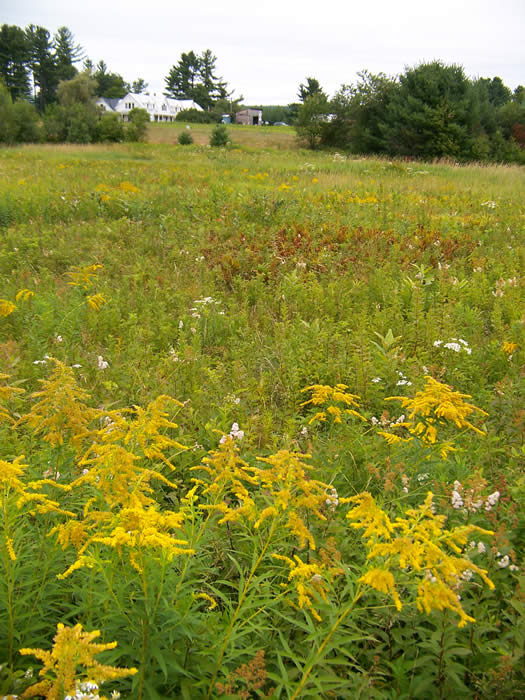
Are you planning a timber sale? Interested in creating wildlife habitat? Hoping to get a handle on invasive plants? Below you’ll find a list of resources to help you with management activities that also help wildlife and habitats.



If you are interested in learning more about the different types of wildlife habitat on your property, our Habitat Stewardship Brochures are a great place to start! Once you’ve identified the habitats on your land, take a look at the Making Habitat Happen section of our website for details on HOW to manage various wildlife habitats.
LINKS
Habitat Stewardship Brochures: http://extension.unh.edu/FWT/HabBrochures.htm
Making Habitat Happen: http://extension.unh.edu/fwt/tafw/Making_Habitat_Happen.htm
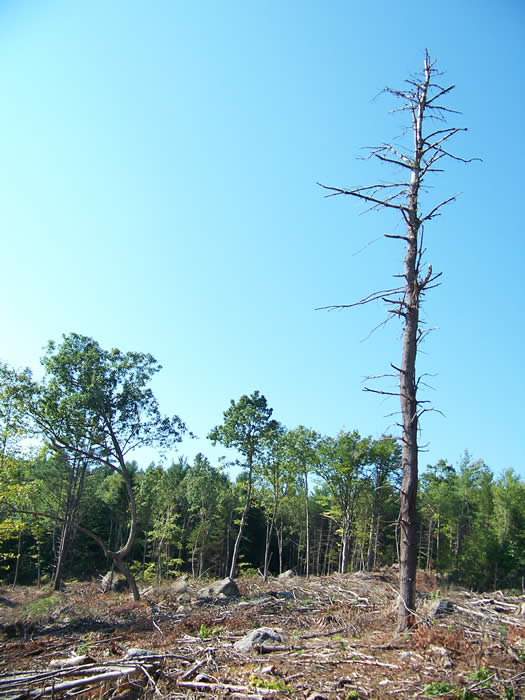
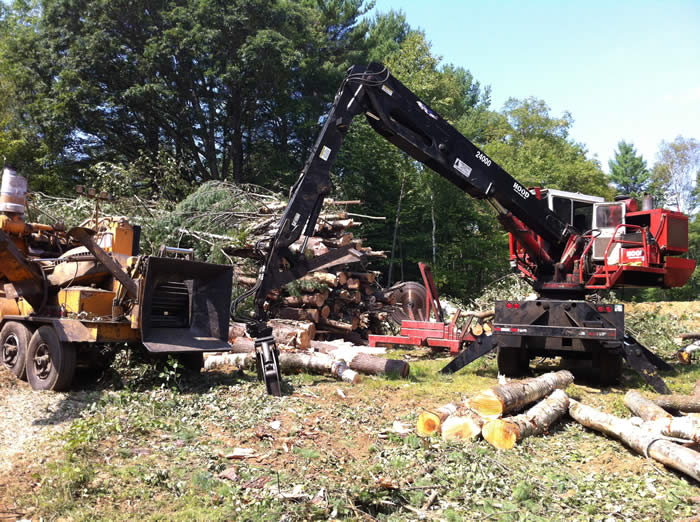
Are you planning a timber sale on your property? Be sure to reference Good Forestry in the Granite State for the most current recommended best management practices. Following these recommendations will help ensure that your timber harvest is done with the most benefit to wildlife. You can order a paper copy of the book or you can view the document online by chapter.
LINKS
Good Forestry in the Granite State: www.goodforestry.org
By Chapter: http://extension.unh.edu/goodforestry/toc.htm
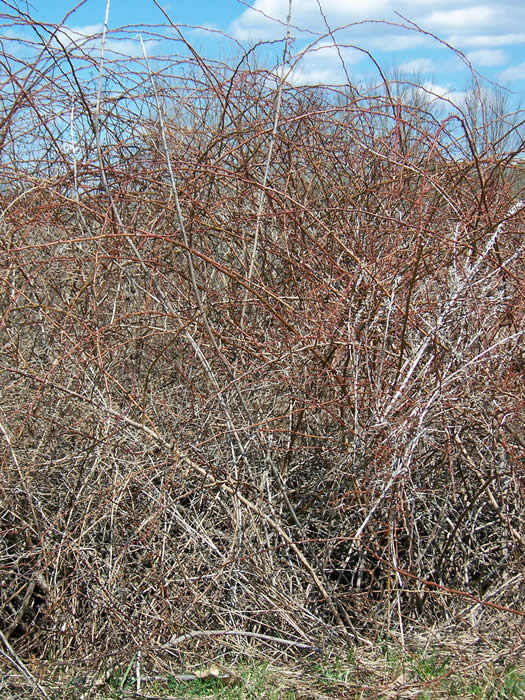
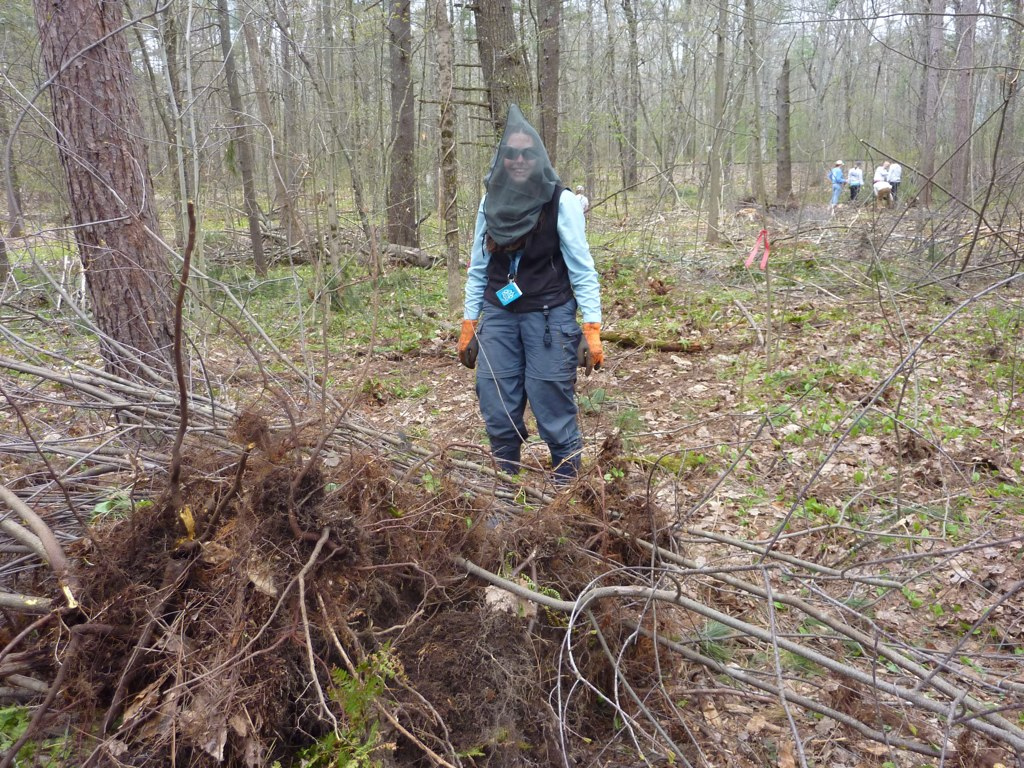
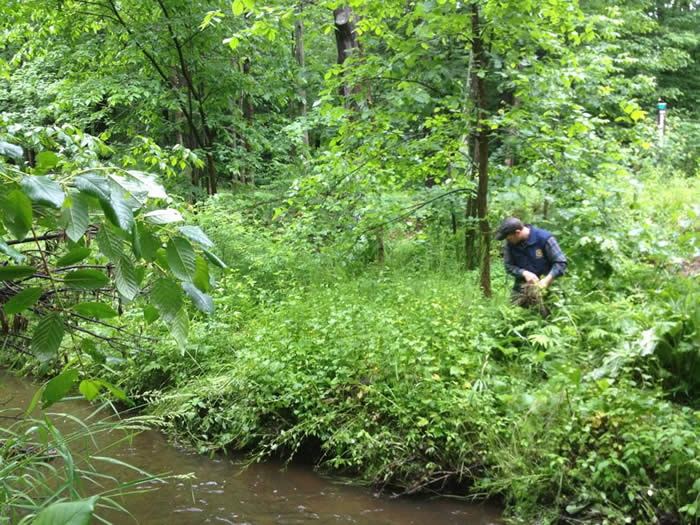
Would you like to tackle the invasive plants on your property, but don’t know where to start? Visit www.nhinvasives.org for resources to help. If you are worried about invasive plants in the context of a timber harvest, be sure to check out the Invasive Plants chapter of Good Forestry in the Granite State.
LINKS
NH Invasives: www.nhinvasives.org
Invasive Plants Chapter of Good Forestry in the Granite State: http://extension.unh.edu/goodforestry/html/5-2.htm
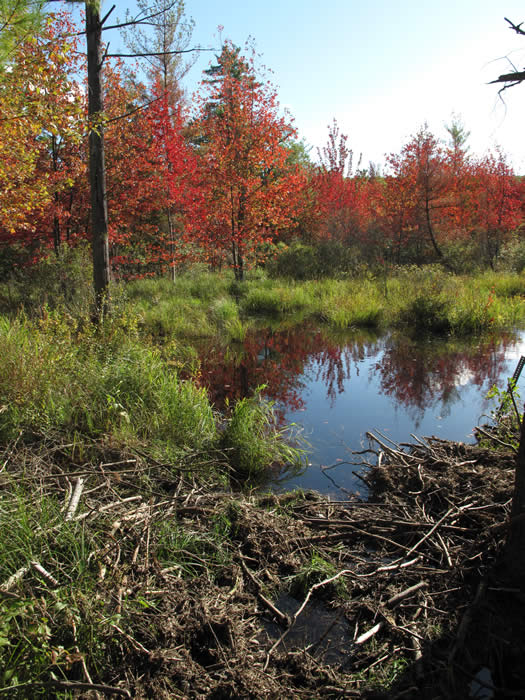
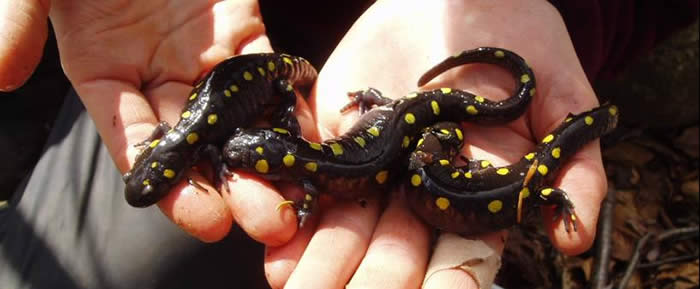
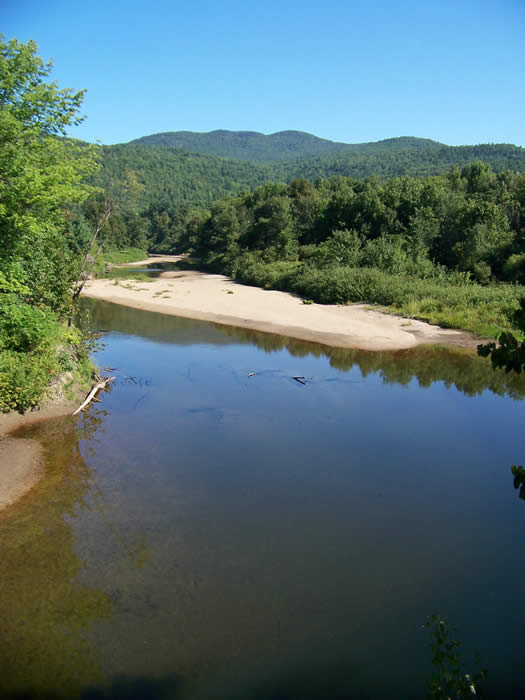
While doing any type of management on your property, keep in mind that certain activities require permits when done in and around wetlands. Be aware of the most current wetlands regulations by visiting the NH Department of Environmental Services Wetlands Bureau website.
For detailed recommendations for forest management in and around wetlands be sure to check out the individual chapters from Good Forestry in the Granite State linked below.
LINKS
NH DES Wetlands Bureau: http://des.nh.gov/organization/divisions/water/wetlands/index.htm
Good Forestry in the Granite State - Wetlands-related Chapters

It’s important to consider sensitive areas, including wildlife habitats, when laying out new trails. You want to ensure that while providing public access, you are also minimizing any negative impacts. The US Forest Service has a publication called “Planning Trails with Wildlife in Mind.” For more detailed information, American Trails also maintains a long list of resources.
LINKS
“Planning Trails with Wildlife in Mind”: http://www.fs.fed.us/outdoors/naturewatch/start/planning/Trails-for-Wildlife-Handbk.pdf
American Trails – Wildlife and Environmental Resources: http://www.americantrails.org/resources/wildlife/index.html
Managing habitat for wildlife can require some out-of-pocket expenses for landowners. The good news is that programs exist to off-set many costs . UNH Cooperative Extension maintains a simple overview of the programs available to landowners in NH. For more specific information about different programs, see the links below.
USDA Natural Resources Conservation Service (NRCS) has several programs available to landowners to help with both habitat management and land conservation. Visit the NH NRCS website for the most up-to-date information as these programs are funded by the Farm Bill and do change slightly each time a new Farm Bill is passed (every four years).
NH Fish and Game Small Grants Program is available to NH landowners interested in managing land for wildlife habitat. To qualify, you must own more than 25 acres. And since his program is funded by the sale of hunting licenses, landowners must be willing to maintain their property open (un-posted) to non-motorized public access.
LINKS
NH Cost Share Programs Overview: http://extension.unh.edu/fwt/FinanAssis.htm
NH NRCS Programs: http://www.nh.nrcs.usda.gov/programs/
NH Fish and Game Small Grants Program: http://www.wildnh.com/Wildlife/wildlife_habitat_enhancement.htm